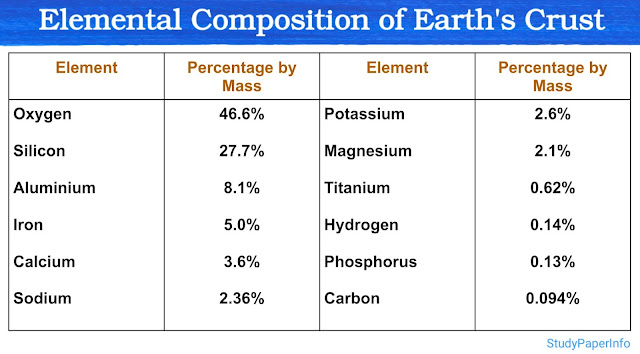How do CDKs control the cell cycle?
Cyclin-dependent kinases (CDKs) are regulatory enzymes that work as master controllers of the cell cycle. They do not act alone but get activated only when they bind with cyclins. Once active, CDKs control the flow of the cell cycle by turning "on" or "off" many important steps through phosphorylation. Their main role is to make sure that each phase of the cell cycle starts only when the cell is ready.
Now let us understand how exactly CDKs control the cell cycle. There are four main ways by which CDKs control it:
1. Phase-Specific Activation
Each CDK becomes active only in a particular phase by binding with a specific cyclin. For example, CDK4/6 binds with cyclin D in G1 phase to push the cell forward. Similarly, CDK2 binds with cyclin E for G1 to S transition and CDK1 with cyclin B helps in entry into mitosis. This ensures that CDKs only activate the next phase when the current phase is complete.
2. Phosphorylation of Target Proteins
Once CDKs are activated, they add phosphate groups to specific target proteins. These phosphorylated proteins then start different activities like DNA replication in S phase, chromosome condensation in M phase, or breakdown of nuclear membrane. Without CDK activity, these events cannot begin.
3. Regulation Through Checkpoints
CDKs help maintain checkpoint control. If DNA damage or incomplete replication is detected, CDKs are inhibited by checkpoint proteins. This stops the cell from moving to the next phase. In this way, CDKs help prevent division of damaged cells and protect from mutation.
4. CDK Inhibition and Cyclin Degradation
CDK activity is also controlled by inhibitors like p21, p27 and by removal of cyclins. When cyclins are broken down after completing their function, CDKs become inactive. This prevents unwanted activation and keeps the cycle strictly regulated.


Comments
Post a Comment